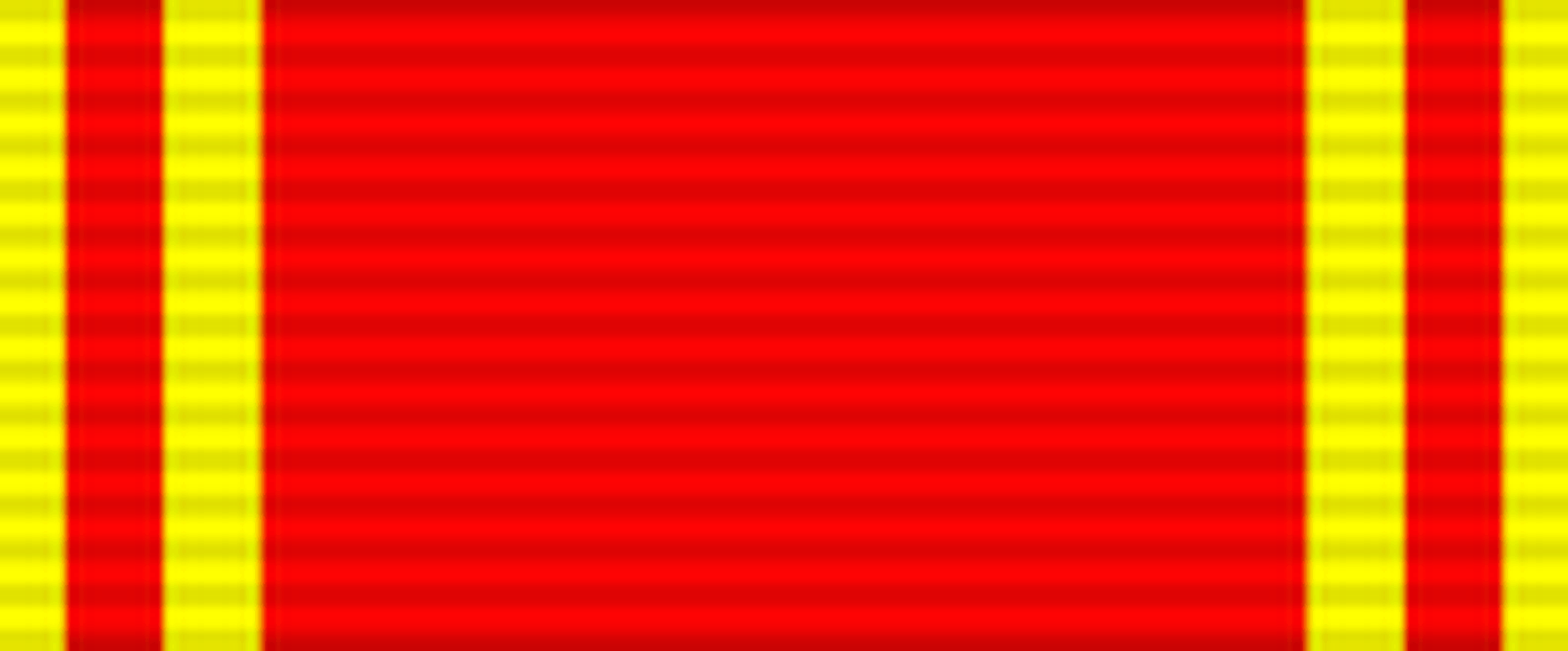
PYATKOVSKIY IVAN MAKSIMOVICH
Captain, Participant of World War II, The Hero of the Soviet Union (October 30, 1943)
He was born on January 19, 1913 in the village of Astrakhanovka in the Aktyubinsk district of the Turgai region of the Russian Empire (now the village of Zangatalap in the Khobdinsky district of the Aktobe region of the Republic of Kazakhstan) in a peasant family. He was Russian. He graduated from junior high school and Tashkent Communication College. He served in the Red Army from 1935 to 1937. He lived in Kuyi-Chirchik district of Tashkent region of the Uzbek SSR. He worked on the Turkestan-Siberian railway.
He was drafted into the Red Army by the Koyi-Chirchik military commissariat of the Tashkent region. On December 25, 1941, he was sent to the 69th Infantry Division, which was being formed in Chirchik. After the division was transferred to the Privolzhsky Military District, he completed short-term junior lieutenant courses and was appointed platoon commander of the 41st Special Communications Battalion (later transformed into a separate company).
The division held its position from April 1942 until January 1943, and in February 1943 was sent to the Dmitrovsk-Orlovsky threshold and incorporated into the 65th Army of the Central Front.
In the direction of Sevsky, the division was active in preparation for the attack. In the woods south of the village of Pervomaisky in the Dmitrovsky district of the Orlov region, during the assembly of the 120th Infantry Regiment, he and his warriors briefly established a wired connection between the regimental command post and the division command post under enemy fire. In Operation Sevs, the division provided the headquarters with uninterrupted wired communication with the regiments, which enabled the battle to be well organized and the troops to be effectively commanded.
He took an active part in crossing the Dnieper. On September 28, 1943, the advanced units of the 65th Army reached the left bank of the Soj River. On September 30, the attacking squadrons crossed the water and captured several small bridgeheads on the right bank of the river. However, as the enemy concentrated large forces between the Soj and the Dnieper, the army was unable to significantly expand its bridgehead. The 69th Army Command decided to cross the Dnieper to the south, through the territory of the Loyev, a weak German line of defense known as the Eastern Wall. To this end, the forces of the 18th and 27th Infantry Corps were secretly regrouped. On the night of October 15, 1943, the 69th Cavalry Division of the 18th Rifle Corps gathered north of the village of Radul.
At 6:30 a.m., under the artillery fire and thick smoke, the assault battalion of the 120th Artillery Regiment began to move to the right bank of the Dnieper. The paratroopers also included Captain I.M.Pyatkovsky’s liaison group. A few meters from the right bank, the boat carrying Pyatkovsky’s group was punctured by pieces of explosives and began to sink. Communicators hardly sailed the last meters and quickly made contact with the left bank. Not only the division headquarters, but also the headquarters of the 18th Infantry Corps were connected by telephone. Stable and uninterrupted communication allowed the command to effectively manage the army and skillfully use artillery to repel the enemy’s counterattack.
By the Decree of the Presidium of the Supreme Soviet of the USSR of October 30, 1946, “For exemplary performance of combat duties, courage and heroism in the fight against Nazi invaders on the front”, Captain Pyatkovskiy Ivan Maksimovich was awarded the title of “The Hero of the Soviet Union”.
He lived in Kiev and died on December 1, 1986. He was buried in Baykovsky Cemetery in Kiev.






















